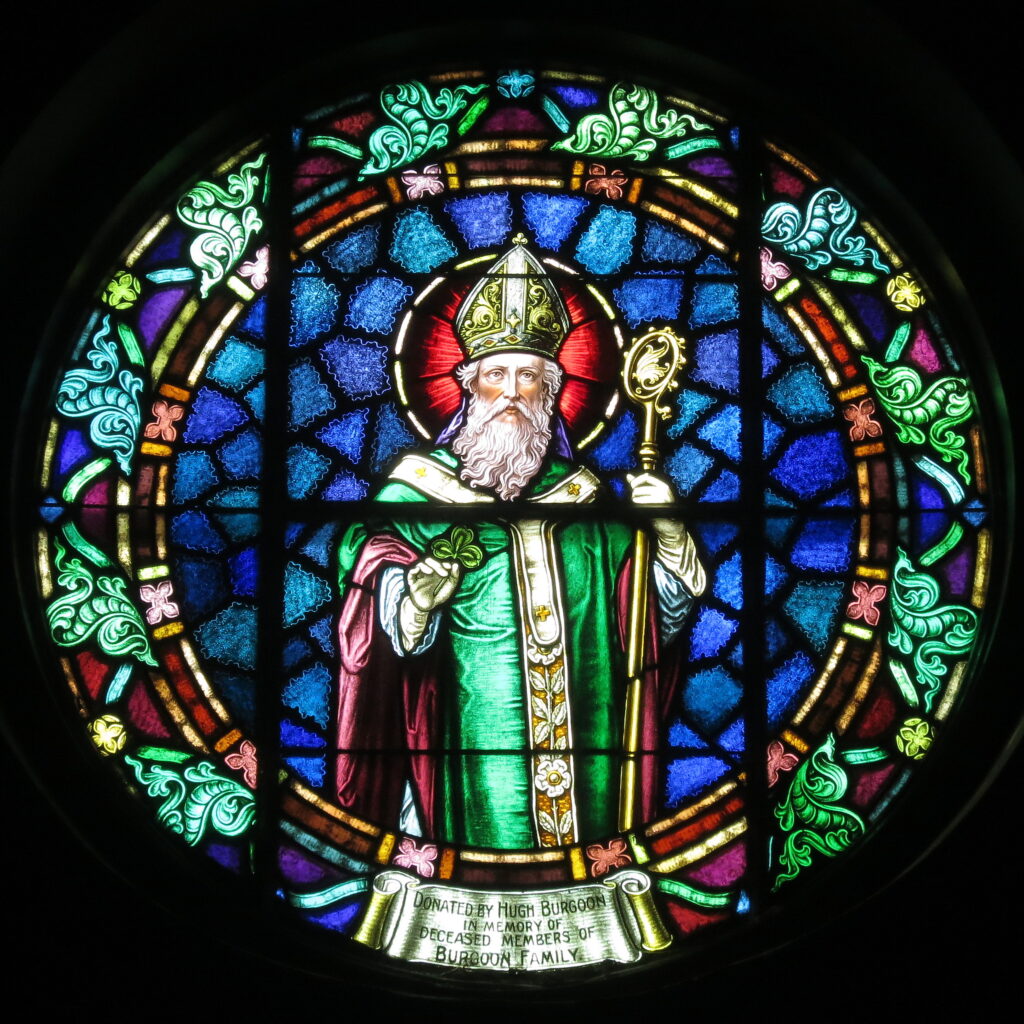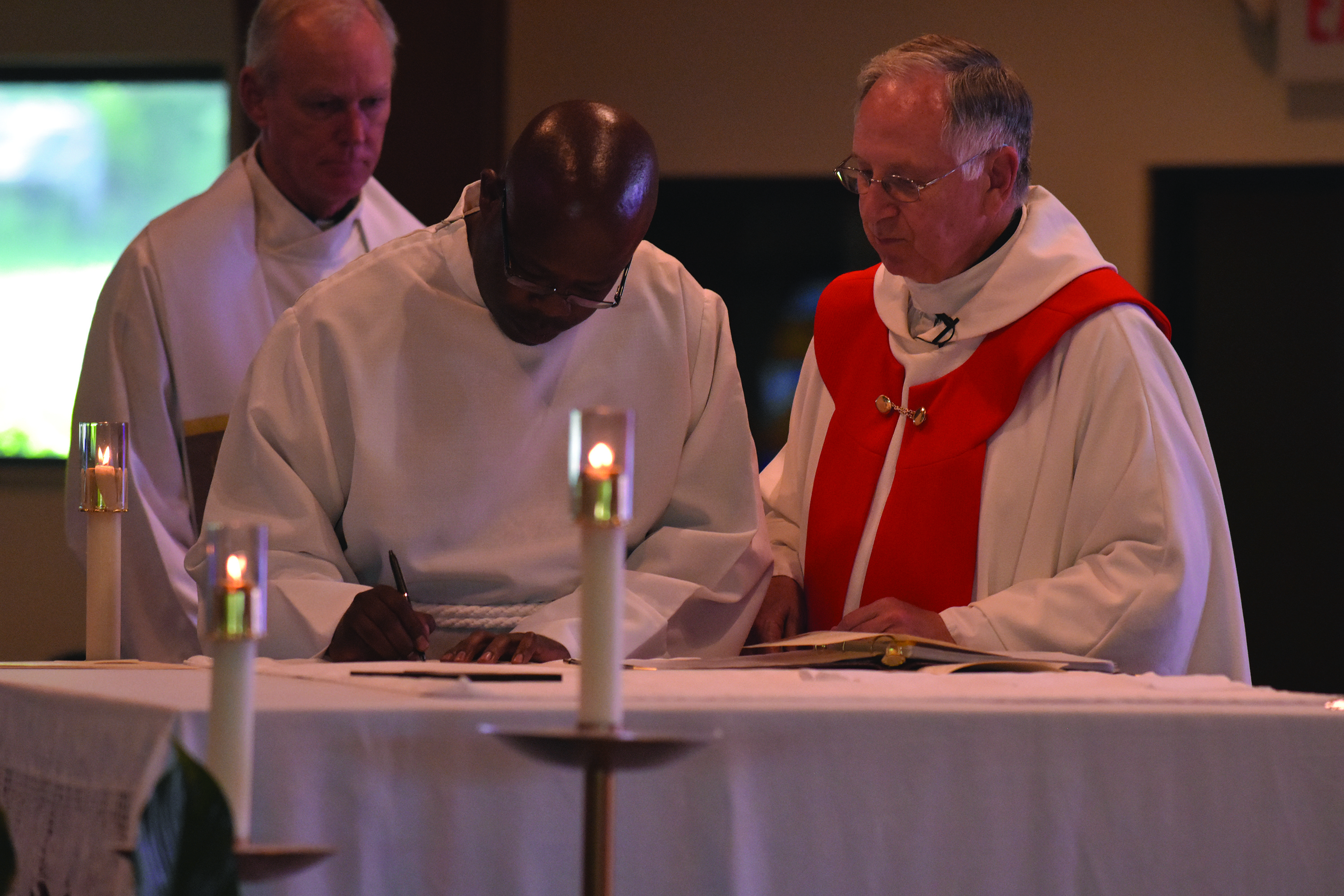
St. Patrick was one of the Church’s great missioners. Glenmarians follow his footsteps, meeting people where they are, learning their culture, gently inviting them to the fullness of Catholic faith.
St. Patrick’s day is behind us, but Patrick himself is worth considering any day. He was one of history’s great Catholic missioners.
“There was a retired bishop working for Glenmary in South Georgia many years ago, who had once been a missioner in Africa,” recalls Glenmary Father Chet Artysiewicz. “He said it was easier there, there was more of an orientation towards religion.” St. Patrick might have said the same about the Irish he came to know, far back in the fifth century (Patrick was born in 385 and died March 17, 461.) The Celtic tribes were open to religion, even though they knew not of Christ.
From a well-established Catholic family in Roman Britain, as a young man, Patrick (Patricius) was kidnapped from his home and sold into slavery in Ireland. He lived in the wilderness, in extreme privation, tending flocks. He escaped after six years, he tells us, in his Confession. But he couldn’t forget the religious plight of the Irish people.
Legends of three-leaf shamrocks and quickly departing snakes abound today, but Patrick’s work was more basic than the folklore. He worked from tribe to tribe, learning the local language and customs. He used cultural sensitivity to befriend local leaders to gain entrance from one region to another.
“Good missioners would recognize the good, the formation that’s happened” (before they got there), says Father Chet. That certainly was Patrick’s approach. Inculturation is the fancy word for that today: finding ways to introduce the Gospel into the ways and customs of the local people.
Glenmarians today don’t think a lot about St. Patrick, but they go about their work in the spirit of the great bishop. They want to share their love of Christ in word and in deed.
Brother Jack Henn might say it well for Glenmarians. He served in local outreach in North Carolina with Brother Curt Kedley. “We started a food pantry that still operates, we did outreach with local families, just trying to carry on a conversation. I don’t look on myself as a preacher, or as an overly religious-type person. I convey a person who cares. Usually, in conversation, your faith and spirituality come up.” They were always trying to meet people where they’re at, to witness to the Gospel and to show them how the Catholic Church enlivens our faith.
Like St. Patrick, Bishop of Ireland, Glenmarians see a people in need and can’t turn away. Unlike Patrick, Glenmarians are bringing a Catholic dimension to communities where some form of Christianity exists. But Glenmary serves in counties where the vast majority of people are “unchurched,” that is, they either don’t worship in any permanent Christian church, or possibly aren’t Christian at all.
Many are forgotten people, off the radar of society, much as the Irish were so many centuries ago. Those people who lived “at the end of the earth,” were beyond hope, many Christians of the day felt. Patrick walked in a land where people worshiped idols. After a life of service, he left a thriving Christian community across Ireland.
Glenmarians pray that we might bring the saving message of Jesus to those who are “thirsting for the truth.” That’s a prayer that St. Patrick prays along with us, from his heavenly home.
—John Feister

